Canada to showcase new face at G7 foreign ministers’ meet
Carney outlined the government’s plan to enable $1 trillion in total investments over the next five years in Canada.
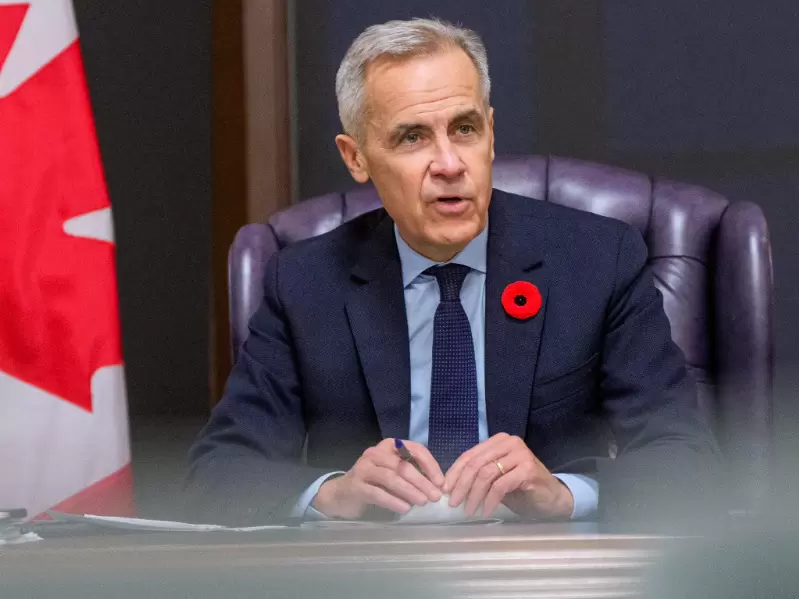 Prime Minister Mark Carney. / Facebook
Prime Minister Mark Carney. / Facebook
Fresh from its first budget, the Liberal government led by Mark Carney has been growing ambitious to showcase its new face, both at home and overseas, by reaching out to the maximum.
It has opened its doors for the second time this year to foreign ministers not only from G7 members—France, Germany, Italy, Japan, the United Kingdom, the United States, and the European Union—but also to several outreach nations such as Australia, Brazil, India, the Kingdom of Saudi Arabia, Mexico, the Republic of Korea, South Africa, and Ukraine.
The dignitaries have started descending on the over 67,000-square-foot, state-of-the-art Niagara-on-the-Lake conference center, where, for the next two days, they will deliberate to advance Canada’s G7 agenda on pressing global economic and security challenges, including maritime security and prosperity, economic resilience, energy security, and critical minerals.
Just a short drive from one of the seven wonders of the world—Niagara Falls—they can watch the scenic falls from the sky with Niagara Helicopters, from a boat with Hornblower Niagara Cruises, or from within at Journey Behind the Falls. The visiting foreign ministers will have ample time to exchange views on how to combat the tariff war and restore order for a violence-free world.
A historical gem, Niagara has many ties to the past, having been the original capital of Upper Canada. Some of the foreign ministers may want to visit the Brock Monument at Queenston Heights or Fort George, key sites of the War of 1812. The village of Niagara-on-the-Lake itself is filled with charming 19th-century colonial buildings.
A quick trip from the resort, the century-old Welland Canal is a series of lift bridges spanning from Lake Ontario to Lake Erie and offers great views from the Lock 3 Museum of giant shipping vessels.
The Shaw Festival Theatre, located in Niagara-on-the-Lake, features the works of George Bernard Shaw and his contemporaries. If the theatre beckons, this is a can't-miss, world-class experience with many festival season options and holiday specials.
With a recess in the House of Commons, where Mark Carney and his government have already cleared two no-confidence motions raised by the Conservatives and Bloc Québécois, the administration is now going full throttle with its public outreach program at home, alongside an aggressive investment-seeking drive overseas.
In one of his recent outreach programs at the Canadian Club in Toronto, Carney spoke about how the world is becoming increasingly dangerous and divided. Changes in the global trading system are causing massive disruptions and uncertainty for Canadians. In addition, business investment has been flat in Canada for a decade, causing productivity to grow by only 0.3% annually during that time—lagging behind most of the G7 partners. This, he said, has weighed on wages, job creation, and Canada’s prosperity.
He says Budget 2025 is designed to make Canada strong as it confronts these challenges head-on. This is the new government’s plan to mobilize investment and supercharge growth. “We will harness our strengths to drive innovation and productivity—creating more high-paying careers, thriving businesses, and greater certainty for investors.”
Carney outlined the government’s plan to enable $1 trillion in total investments over the next five years in Canada. Through targeted tax incentives, major infrastructure projects, stronger competition, and a bold new approach to attracting talent, Budget 2025 sets the foundation for long-term prosperity, so Canada can build the strongest economy in the G7.
The government’s plan to enable $1 trillion in total investments over five years includes measures such as introducing a productivity super-deduction to make it easier to do business and invest in Canada; enhancing scientific research and experimental development tax incentives to help businesses innovate and grow; accelerating nation-building projects through the Major Projects Office; launching the International Talent Attraction Strategy and Action Plan; and strengthening competition and consumer choice to lower costs and drive innovation.
Combined, these measures form a drastically different economic strategy to supercharge growth. The plan focuses government spending where it delivers the highest return—in workers, businesses, and nation-building projects. This, Carney says, will drive lasting prosperity to help Canadians get ahead.
At home, Carney’s ministers are holding conferences and outreach programs to ensure that the message and philosophy of the new budget reach the masses.
He says, “Budget 2025 is about building Canada strong: investing in our people, our ideas, and our industries. We’re ushering in a new economic strategy to supercharge growth and give businesses the confidence to invest. We will enable $1 trillion in total investments in five years—to give ourselves more than any country could ever take away.”
Mark Carney wants this message to go straight and clear to all those attending the G7 conferences marking the last part of the country’s presidency. The Foreign Ministers’ conclave assumes special significance amid rapid geopolitical developments, where many emerging economies are working out new partnerships and alliances for their economic sustenance.
Recently, several of his ministers—Foreign Affairs Minister Anita Anand, International Trade Minister Maninder Sidhu, and Economic Development Minister Mélanie Joly—have been busy carrying forward the Liberal government’s agenda.
With foreign ministers of more than a dozen major economies, along with the European Union, putting their heads together in the luxurious environs of Niagara, Canada hopes for lasting solutions while also working to bring its closest trade partner, the United States, to reconsider its tariff measures.
Niagara’s open spaces and outdoor activity options, including Bruce Trail hiking, mountain biking, paddleboarding, and ziplining, will serve as a bonus for delegates as Anita Anand and her team work to deliver results for Canadians.
The G7 is an informal grouping of advanced democracies that meets at the level of leaders, ministers, and officials to coordinate approaches to global economic stability, threats to international peace and security, and other transnational issues.
Canada assumed the presidency of the G7 for the seventh time on Jan. 1, 2025, and held the G7 Leaders’ Summit in Kananaskis, Alberta, from June 15–17, where Indian Prime Minister Narendra Modi made a surprise appearance.
As part of its presidency year, Canada hosted a G7 Foreign Ministers’ meeting in Charlevoix, Quebec, from March 12–14, 2025, and a G7 Finance Ministers and Central Bank Governors’ meeting in Banff, Alberta, from May 20–22, 2025.
Before the current presidency, Canada hosted six G7 summits: Charlevoix, Quebec (2018); Muskoka, Ontario (2010); Kananaskis, Alberta (2002); Halifax, Nova Scotia (1995); Toronto, Ontario (1988); and Ottawa-Montebello, Ontario-Quebec (1981).
Over the years, the G7 has been an important forum to amplify Canadian priorities and initiatives in global health and security, democracy, biodiversity, and education for women and girls. In 2018, the Charlevoix Declaration on Quality Education galvanized $3.8 billion for education for women and girls, while the G7 Rapid Response Mechanism was created to counter foreign threats to democracy, and the Gender Equality Advisory Council (GEAC) was established to promote gender equality across the G7 agenda.
In 2010, under the Muskoka Initiative, Canada and its global partners pledged more than $7.3 billion to support maternal, newborn, and child health and committed to strengthening civilian security systems to reduce conflict-related instability, protect civilians, and counter terrorism and transnational crime.
In 1976, Canada joined the leaders of France, Germany, Italy, Japan, the United Kingdom, and the United States to discuss coordinated responses to global crises, and in 1977, the European Union was invited to attend.
The G7 presidency rotates annually among the seven member countries in the following order: France, the United States, the United Kingdom, Germany, Japan, Italy, and Canada. The European Union is not part of the rotation.
Although G7 summits and ministerial meetings are the highlights of any G7 presidency, the G7 remains active year-round, with leaders and ministers convening as needed to address emerging global crises or acute international challenges.
In 2018, Canada established the G7 Gender Equality Advisory Council as an independent advisory body to advance gender equality in the G7 and globally. Since then, it has produced annual recommendations on women’s political participation, gender-based violence, education, and leadership. One key outcome was the G7 Dashboard for Gender Gaps, launched in 2022 based on a GEAC recommendation.
ADVERTISEMENT
ADVERTISEMENT
E Paper
Video



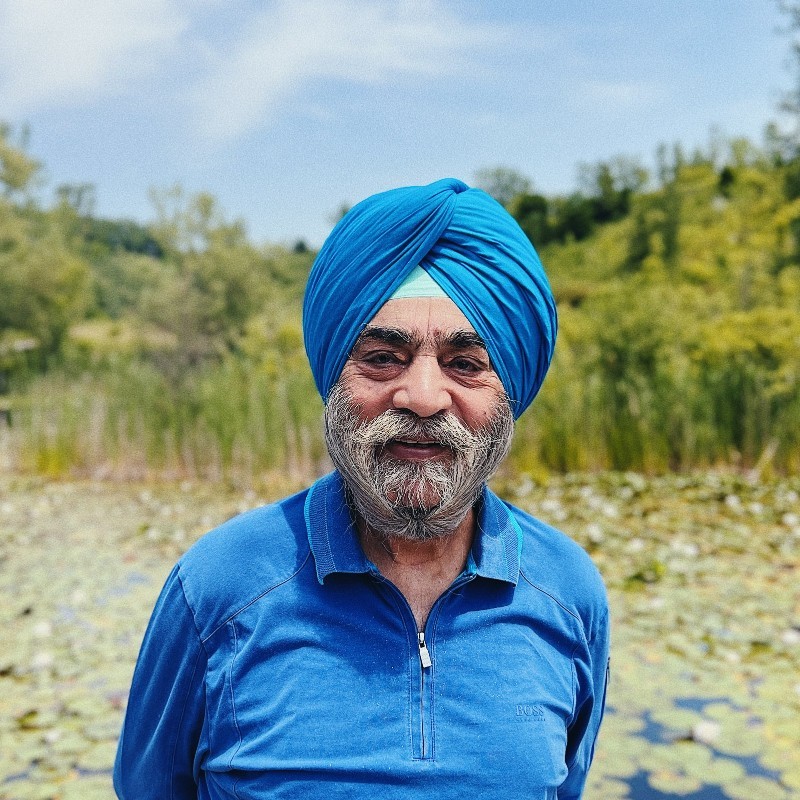 Prabhjot Paul Singh
Prabhjot Paul Singh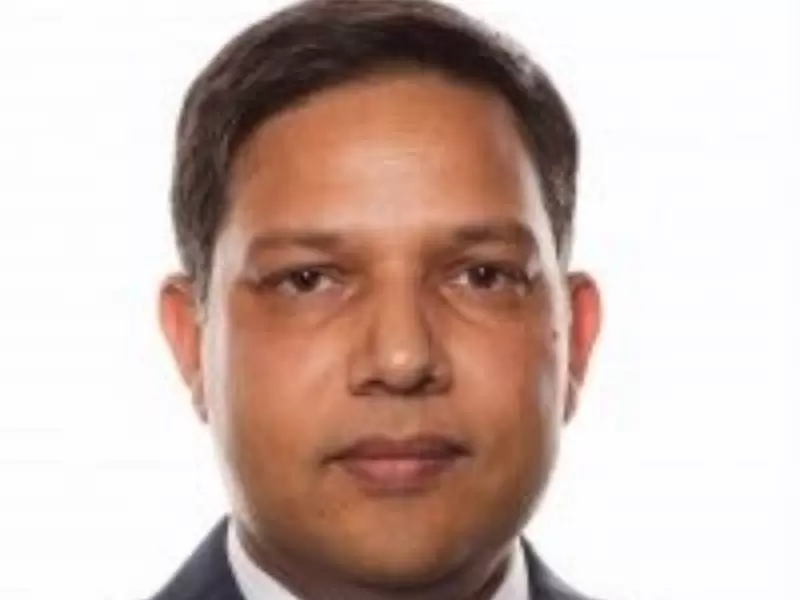
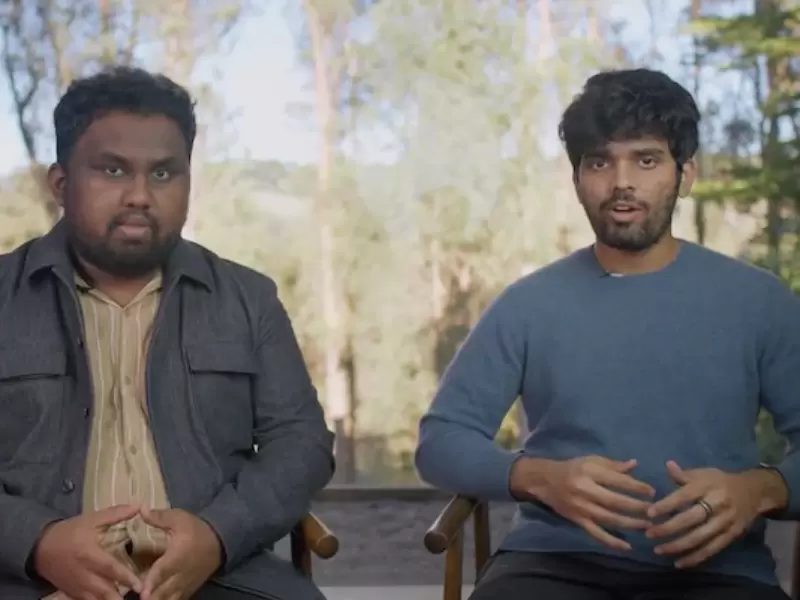


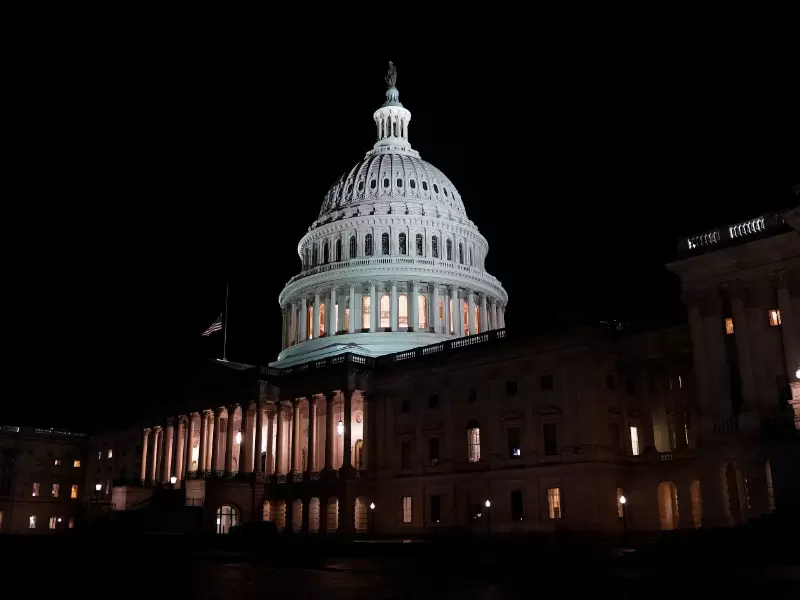
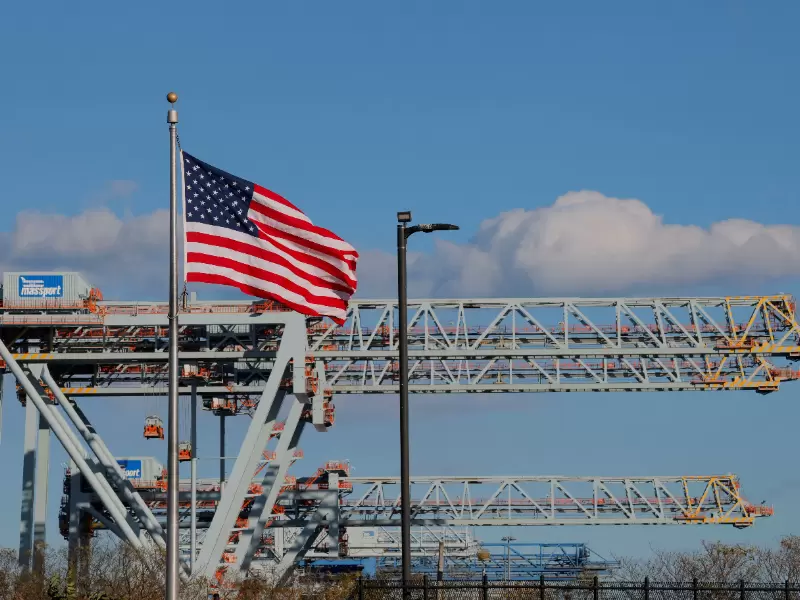


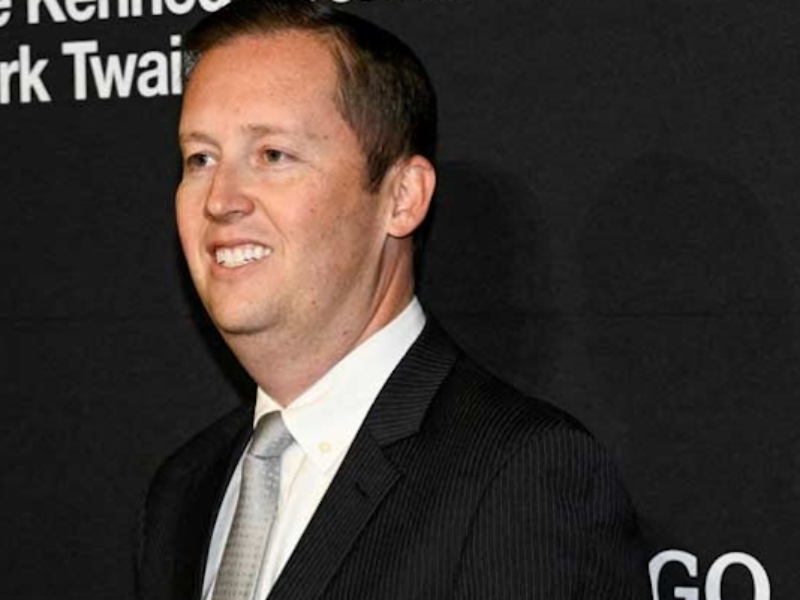
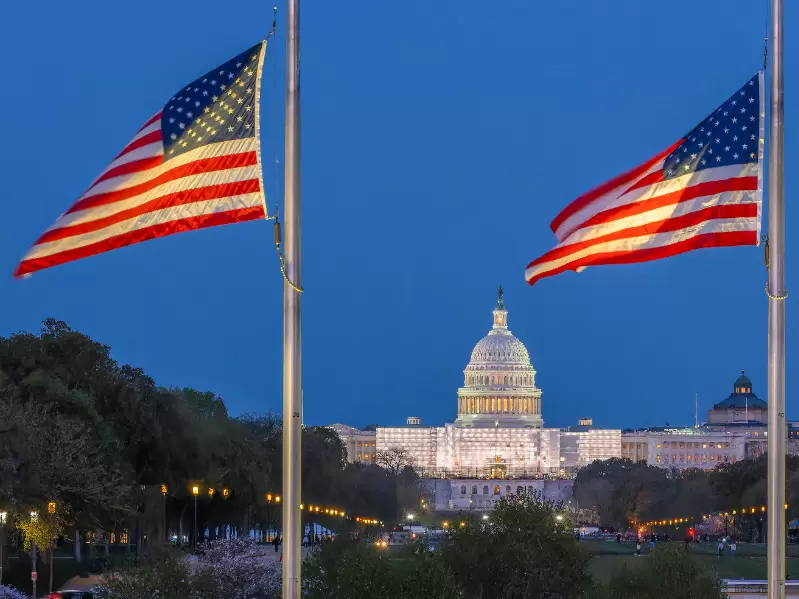
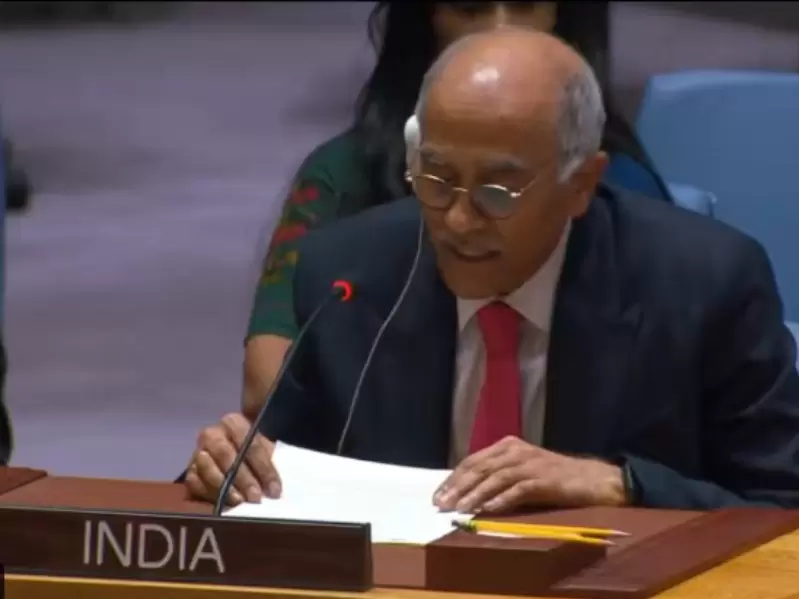

Comments
Start the conversation
Become a member of New India Abroad to start commenting.
Sign Up Now
Already have an account? Login